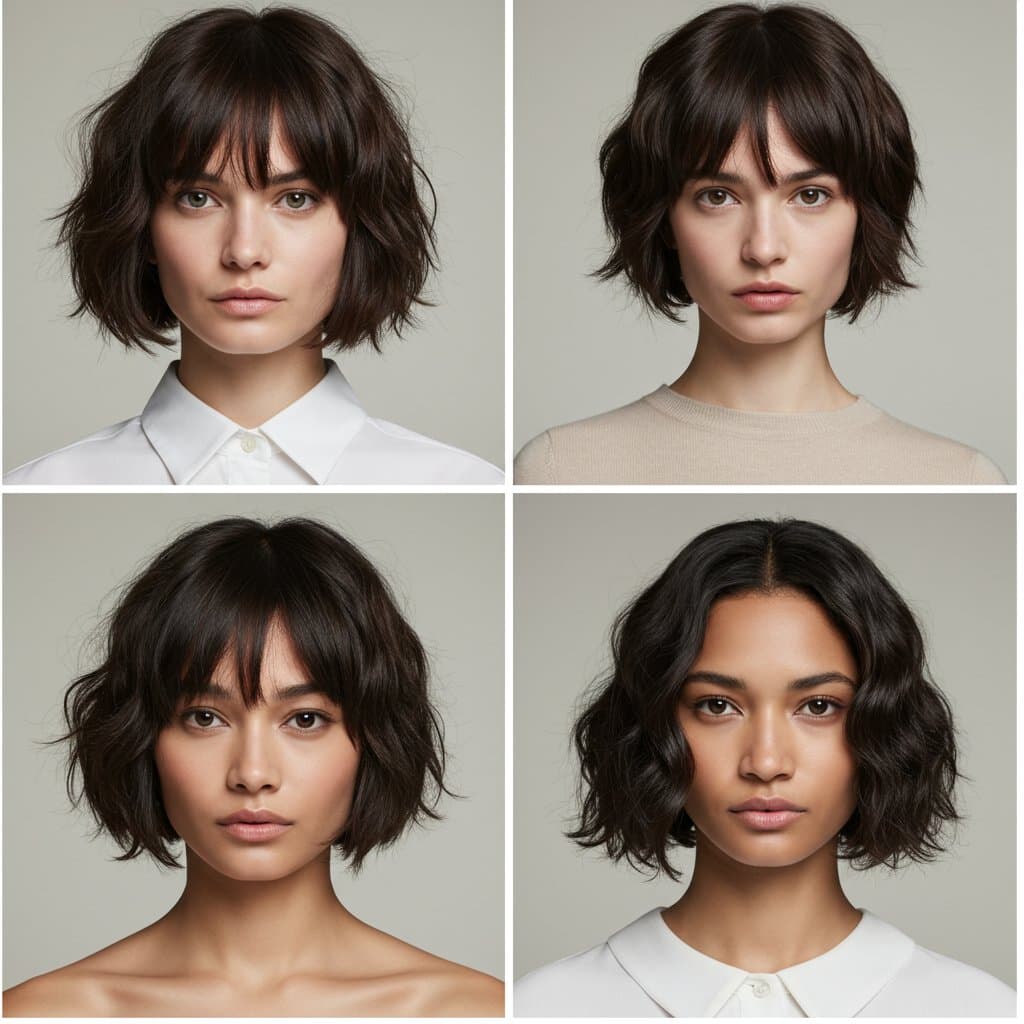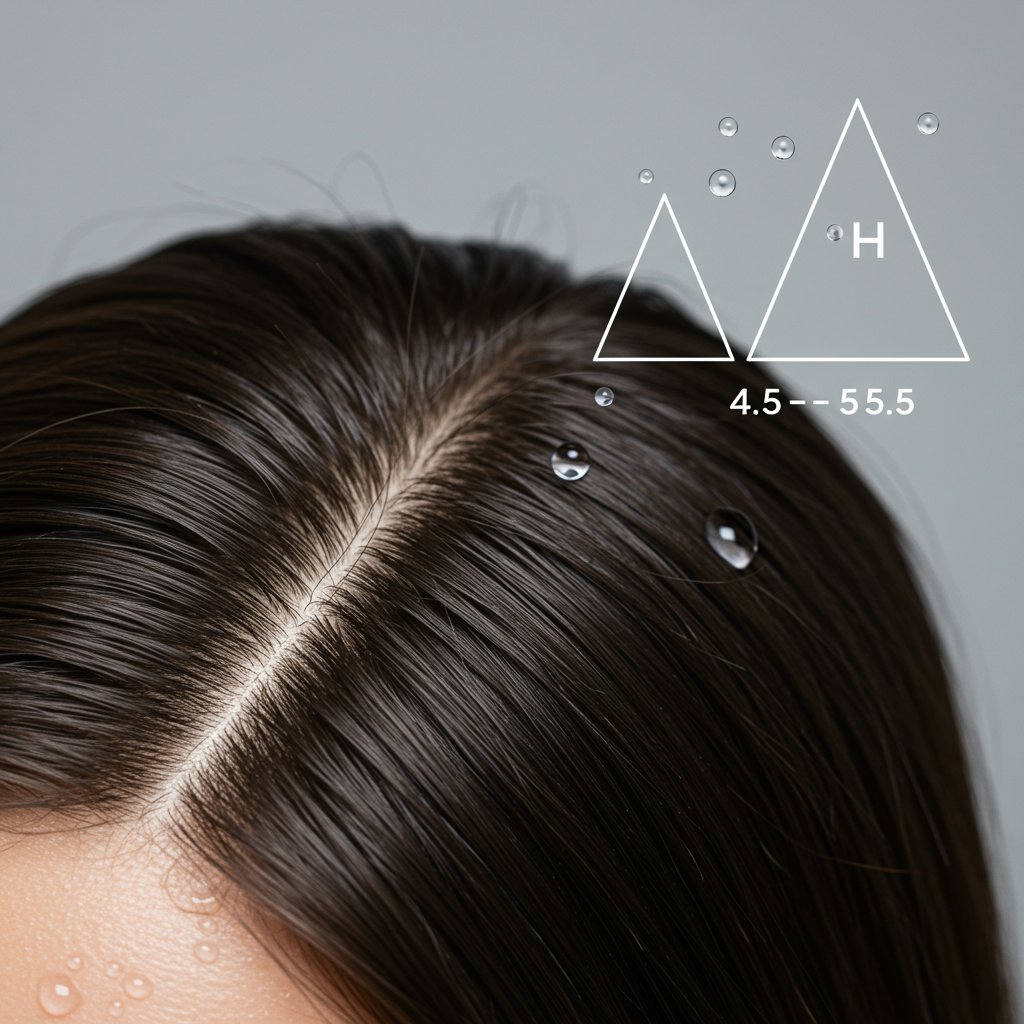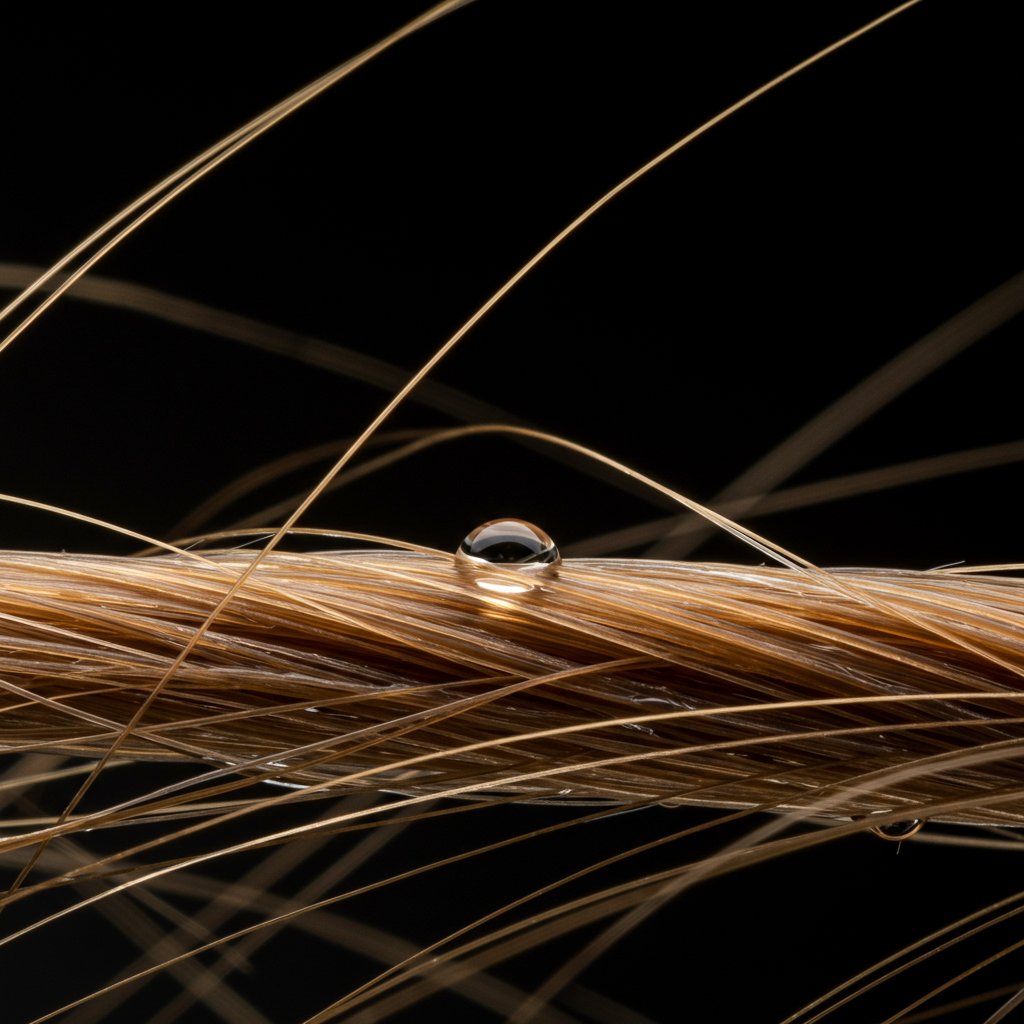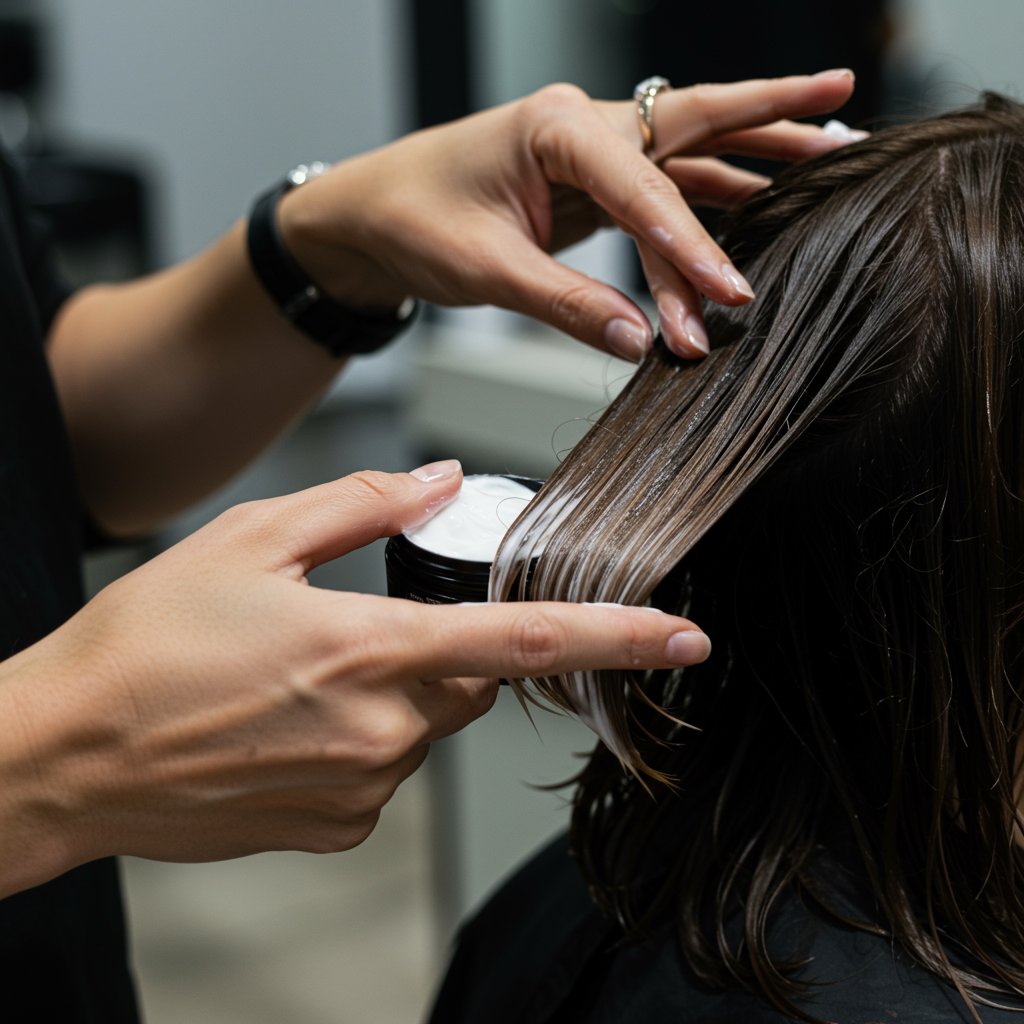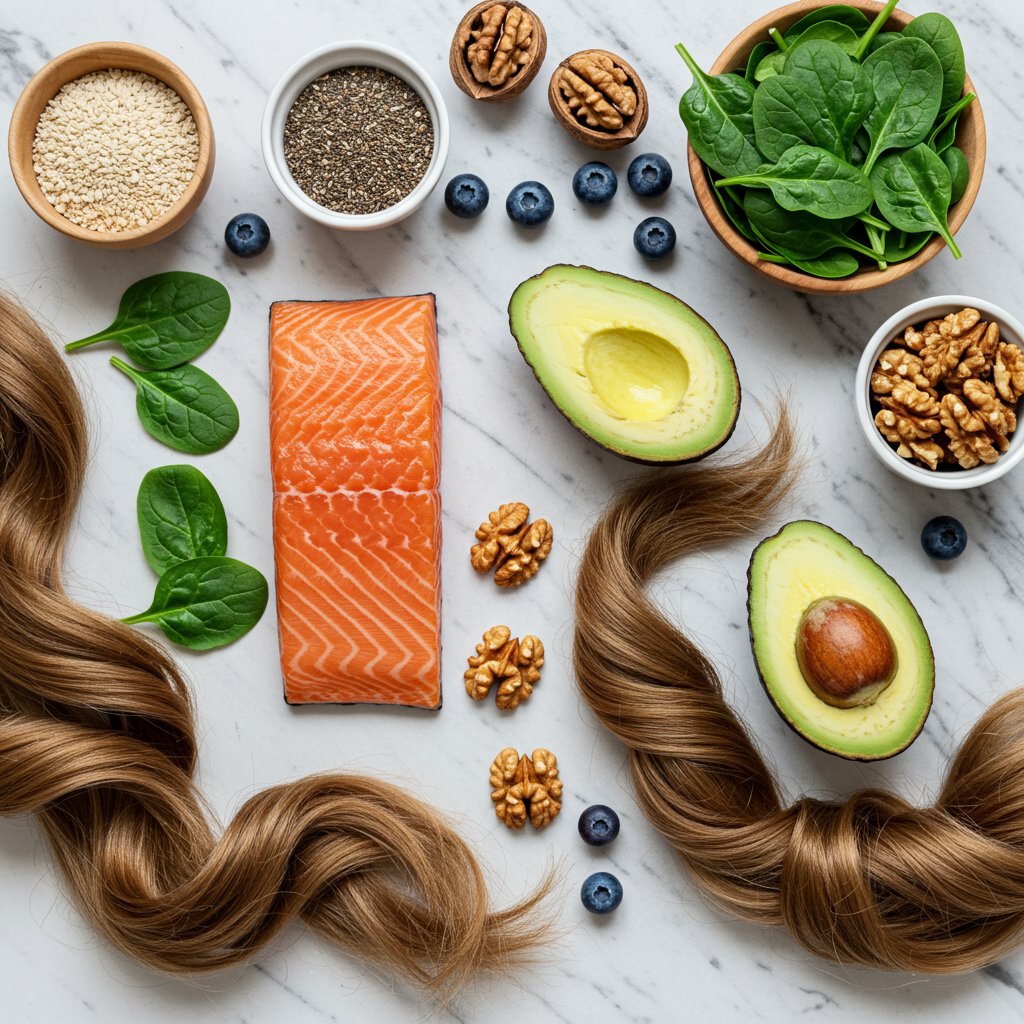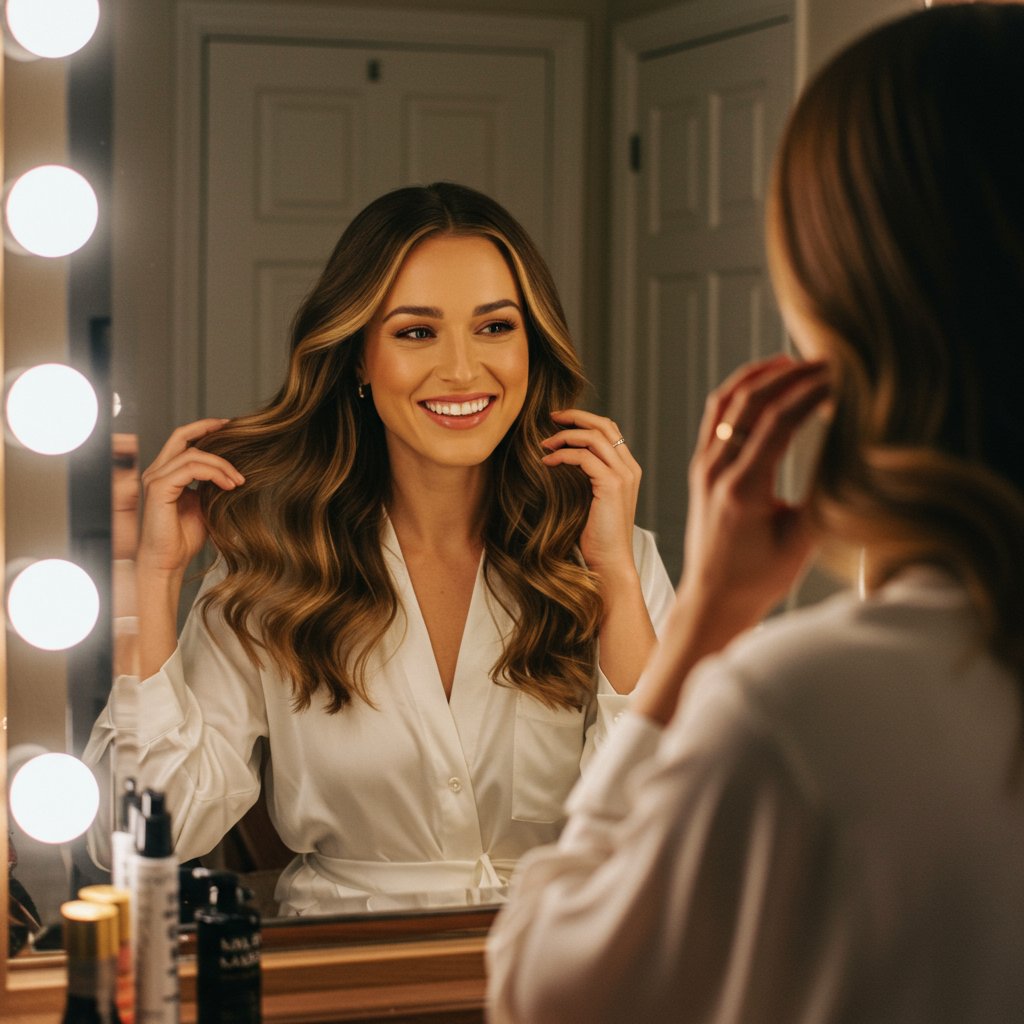The Elusive "Good Hair Day": More Science Than Magic
We’ve all experienced it: that glorious, almost magical moment when you wake up, look in the mirror, and your hair is cooperating perfectly. It’s voluminous yet smooth, shiny but not greasy, and falls into place with minimal effort. This is the coveted "good hair day," a phenomenon that can boost confidence and set a positive tone for everything that follows. But what if we told you it’s less about luck and more about biology, chemistry, and physics? Understanding the science of a good hair day is the first step toward making them a more regular occurrence and less of a happy accident. This deep dive will unravel the complex interplay of factors—from the microscopic structure of a single strand to the atmospheric humidity—that dictate the health, appearance, and behavior of your hair.
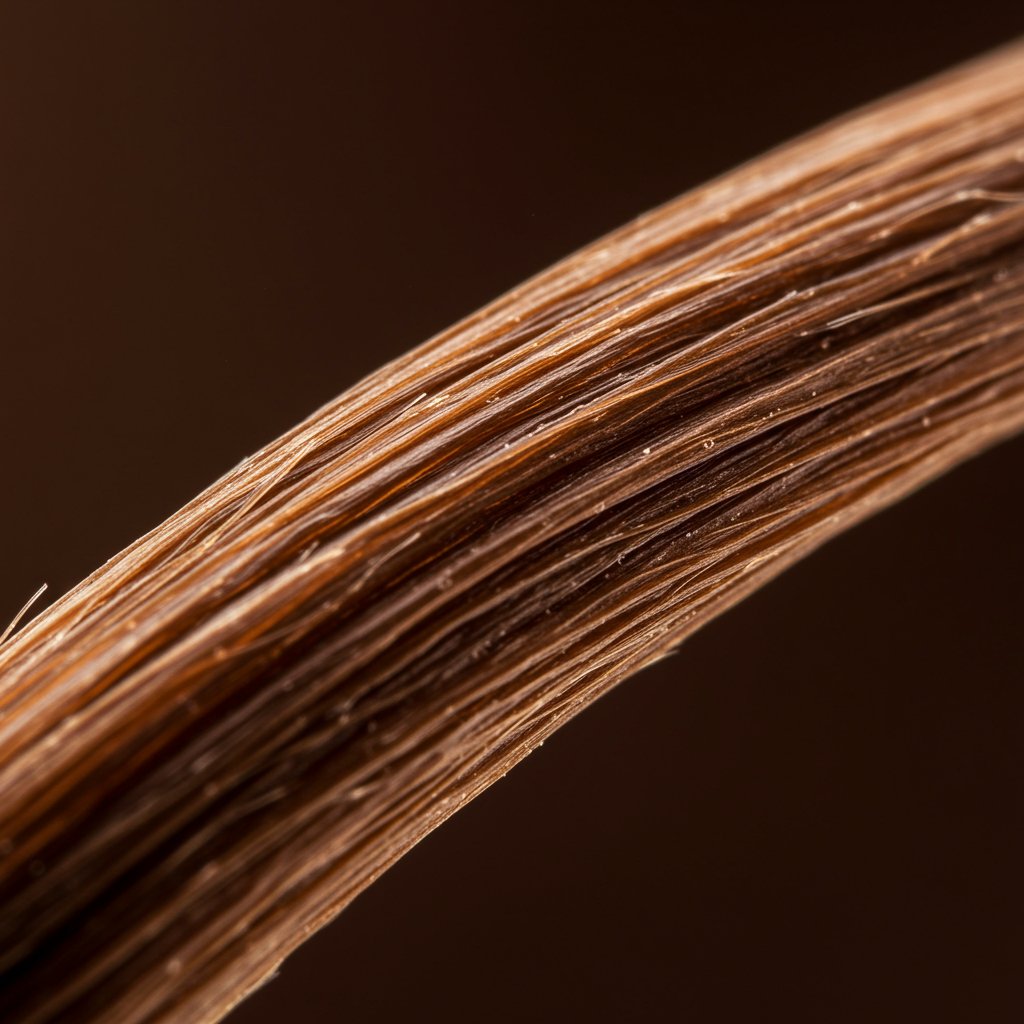
For too long, achieving great hair has been a process of trial and error, a frustrating cycle of buying products that promise miracles and hoping for the best. By demystifying the underlying principles, you can move from guessing to knowing. We'll explore the fundamental building blocks of your hair, the critical importance of pH balance, the battle against humidity, and how your daily habits and nutrition contribute to the bigger picture. This knowledge empowers you to make smarter choices, select the right products for your specific hair type, and work with, not against, your hair’s natural tendencies. Get ready to transform your hair care routine from a game of chance into a calculated science, unlocking the secret to consistently beautiful hair.
The Blueprint of Your Hair: Understanding Hair Structure
The foundation of every good (or bad) hair day lies in the physical structure of the hair strand itself. A single hair is not just a simple filament; it's a complex, multi-layered structure composed primarily of a protein called keratin. Understanding these layers is crucial because how they interact with each other and the environment determines your hair's strength, shine, and manageability. Think of it as the architectural blueprint for your hair; a solid foundation leads to a beautiful result.
The Cuticle: Your Hair's First Line of Defense
The outermost layer is the cuticle, which consists of overlapping, scale-like cells, similar to shingles on a roof. On a healthy, undamaged hair strand, these scales lie flat and tightly packed. This smooth surface reflects light, creating shine, and prevents moisture from escaping the inner layers. It also reduces friction between strands, minimizing tangles and breakage. When you have a "good hair day," it's often because your cuticles are sealed and smooth. Conversely, damage from heat, chemical treatments, or harsh brushing can lift and fray these scales. A raised cuticle layer creates a rough, dull surface that absorbs light instead of reflecting it, leading to frizz, tangles, and a lackluster appearance.
The Cortex: Where Strength and Color Reside
Beneath the protective cuticle lies the cortex, which makes up the bulk of the hair shaft (about 90%). The cortex is a tightly packed bundle of long keratin fibers, which gives hair its strength, elasticity, and texture (straight, wavy, or curly). This is also where melanin pigments are located, the molecules that determine your natural hair color. The health of the cortex is paramount for hair's structural integrity. When the cortex is damaged, the protein bonds within it can break, leading to split ends, weakness, and breakage. A well-hydrated and strong cortex, protected by a sealed cuticle, is the powerhouse behind resilient, healthy-looking hair.
The Medulla: The Mysterious Inner Core
The innermost layer is the medulla, a soft, spongy core found in thicker hair types. Its exact function in humans is still not fully understood by scientists, and it's often absent in fine or naturally blonde hair. Some theories suggest it adds structural support, but for the most part, the health and appearance of your hair are primarily dictated by the condition of the cuticle and cortex. The key takeaway is that a "good hair day" is a direct result of these layers being in optimal condition: a smooth cuticle protecting a strong, moisturized cortex.
The Chemistry of Clean: pH Balance and Your Scalp
Beyond physical structure, the chemistry of your hair and scalp plays a vital role. One of the most important, yet often overlooked, factors is pH balance. The pH scale measures how acidic or alkaline a substance is, ranging from 0 (very acidic) to 14 (very alkaline), with 7 being neutral. The natural pH of your hair and scalp is slightly acidic, typically falling between 4.5 and 5.5. This delicate acidic environment is fundamental to the science of a good hair day, as it keeps the hair cuticle sealed and the scalp healthy.
The Acid Mantle: Your Scalp's Natural Protector
Your scalp is covered by a very thin, protective layer called the acid mantle, which is a mixture of sebum (natural oils) and sweat. This mantle's acidity helps to ward off bacteria, fungi, and other pathogens, preventing irritation, dandruff, and infections. When you use products that are too alkaline (like many harsh soaps or certain shampoos), they can strip away this protective layer. This disrupts the scalp's microbiome, leaving it vulnerable and potentially leading to dryness, itchiness, and flakiness. Maintaining this acidic environment is the first step in ensuring the follicles produce healthy, strong hair.
Why pH Matters for Your Hair Strands
The acidity of your hair is directly linked to the state of your cuticle layer. An acidic environment causes the cuticle scales to contract and lie flat, resulting in smooth, shiny, and manageable hair that retains moisture. In contrast, alkaline substances cause the cuticle to swell and lift. This is why alkaline chemical processes like bleaching or coloring are effective—they open the cuticle to allow chemicals to penetrate the cortex. However, if the pH is not properly restored with an acidic conditioner or treatment afterward, the cuticle remains raised, leading to frizz, dryness, and increased porosity. Using pH-balanced products helps ensure your cuticle stays sealed after every wash.
The Role of Moisture and Porosity
Hair porosity refers to your hair's ability to absorb and retain moisture, and it's one of the most critical factors in determining how your hair behaves. It's largely determined by the state of your cuticle layer. Hair with tightly bound, flat cuticles has low porosity, while hair with raised or damaged cuticles has high porosity. Neither is inherently "bad," but understanding your hair's porosity is key to choosing the right products and techniques to achieve balance and prevent common issues like frizz or product buildup.
High vs. Low Porosity: What's the Difference?
Low porosity hair has a tightly sealed cuticle, making it difficult for moisture to penetrate the hair shaft. This hair type is often very shiny and can be resistant to chemical treatments and styling. While it holds onto moisture well once it's in, getting it there can be a challenge. Products can tend to sit on top of the hair, leading to buildup. High porosity hair, on the other hand, has gaps and holes in the cuticle, allowing it to absorb moisture very quickly. The downside is that it loses that moisture just as fast, leading to dryness, frizz, and breakage. This type of porosity is often the result of chemical or heat damage but can also be genetic.
The Crucial Hydration-Protein Balance
Achieving a good hair day is a balancing act between moisture (hydration) and protein. All hair needs both, but the ideal ratio depends on your porosity. High porosity hair, with its damaged cuticle, often requires more protein-based treatments to fill in the gaps and strengthen its structure, along with sealing oils or creams to lock in moisture. Low porosity hair, conversely, is often protein-sensitive; too much protein can make it feel stiff and brittle. It benefits more from hydrating products with humectants and requires gentle heat (like a warm towel) to help the products penetrate the sealed cuticle. Mismanaging this balance is a common reason for inconsistent hair days.
The Humidity Factor: Why Weather Wrecks Your Style
There's a scientific reason why a sleek, smooth hairstyle can transform into a frizzy mess on a humid day. It all comes down to the chemistry of hair and its interaction with water molecules in the air. Hair is incredibly sensitive to atmospheric moisture because its chemical structure makes it prone to forming hydrogen bonds with water. Understanding this interaction is key to winning the war against weather-induced bad hair days.
Hydrogen Bonds and the Science of Frizz
Keratin proteins in your hair are held together by two types of bonds: strong, permanent disulfide bonds (which are broken by chemical treatments) and weaker, temporary hydrogen bonds. Hydrogen bonds are broken and reformed every time your hair gets wet and dries. This is why you can set your hair in a new style by wetting it. Humidity is essentially water vapor in the air. On a humid day, these water molecules are absorbed by your hair, penetrating the cortex and forming new hydrogen bonds. This influx of moisture causes the hair shaft to swell unevenly, which disrupts the smooth cuticle layer and results in the dreaded frizz. The more porous and damaged your hair, the more susceptible it is to this process.
Combatting the Elements with Science
To fight frizz, you need a two-pronged approach. First, ensure your hair is properly moisturized. Hair that is already well-hydrated is less likely to absorb excess moisture from the air. Second, you need to create a barrier to block out environmental humidity. This is where anti-humectant styling products come in. Ingredients like silicones, certain oils (like coconut or argan oil), and polymers create a protective film over the hair shaft. This hydrophobic barrier seals the cuticle and prevents water vapor from penetrating, helping your style last longer even in damp conditions. Professional smoothing treatments can also alter the hair's surface to make it more resistant to humidity.
The Impact of Heat Styling and Chemical Treatments
While heat styling and chemical services can create stunning looks, they can also be the biggest culprits behind chronic bad hair days if not managed correctly. These processes fundamentally alter the structure of your hair at a molecular level, and understanding that science is crucial for mitigating damage and maintaining hair health. A good hair day is often synonymous with a healthy hair day, and that starts with mindful styling.
Thermal Damage: What Really Happens When You Use Heat?
When you apply high heat (from flat irons, curling wands, or blow dryers) to your hair, it causes the water molecules inside the cortex to turn into steam and burst out, creating cracks and damage from the inside out. This rapid water loss permanently damages the hair's protein structure, leading to brittleness and loss of elasticity. Excessive heat can also degrade the cuticle, chipping away at its protective scales and leaving the cortex exposed. Using a high-quality heat protectant is non-negotiable. These products work by creating a barrier that slows down heat conduction and distributes it more evenly, reducing the shock to the hair shaft and minimizing damage.
The Science of Repair: Bonding Treatments
In recent years, the science of hair repair has made incredible breakthroughs with the advent of bond-building treatments. These revolutionary products work on a molecular level to repair the broken disulfide bonds within the cortex that result from chemical and thermal damage. Unlike traditional conditioning masks that simply coat the hair's surface, bond builders penetrate deep into the cortex to relink these broken protein chains. This restores the hair's core strength and integrity from the inside out. Regular treatments, both in a professional salon setting and at home, can dramatically improve the health of damaged hair, making good hair days far more attainable.
The Nutritional Foundation: You Are What Your Hair Eats
While topical products and treatments are essential, the journey to a consistent good hair day begins from within. Your hair is a non-essential tissue, meaning your body prioritizes sending nutrients to vital organs first. Therefore, your hair's condition can be a direct reflection of your overall health and diet. A nutrient-rich diet provides the essential building blocks your hair follicles need to produce strong, healthy, and vibrant hair.
Key Vitamins and Minerals for Hair Growth
Several micronutrients are critical for the hair growth cycle. Biotin (Vitamin B7) is famous for its role in keratin production. Iron is crucial for carrying oxygen to your follicles; a deficiency (anemia) is a common cause of hair shedding. Zinc plays a vital role in hair tissue growth and repair, and a deficiency can lead to hair loss. Vitamin C is a powerful antioxidant that protects against free radical damage and is essential for producing collagen, a protein that strengthens hair. Vitamin E helps protect the scalp, and Vitamin D can help create new follicles. A balanced diet rich in these nutrients from sources like leafy greens, nuts, seeds, fish, and fruits is fundamental.
The Role of Protein and Healthy Fats
Since hair is made almost entirely of protein, adequate protein intake is non-negotiable. Amino acids, the building blocks of protein, are essential for creating strong keratin. Ensure you're consuming enough high-quality protein from sources like lean meats, eggs, dairy, legumes, and tofu. Healthy fats, particularly Omega-3 fatty acids found in fish, flaxseeds, and walnuts, are also vital. They nourish the scalp, support hair thickness, and reduce the inflammation that can contribute to hair shedding. Hydration is equally important; drinking plenty of water ensures that nutrients are efficiently transported to the hair follicles.
How to Engineer Your Own "Good Hair Day"
Armed with the science, you can now take control. Here are actionable tips to make every day a good hair day:
- Choose a pH-Balanced, Sulfate-Free Shampoo: Cleanse your scalp effectively without stripping its natural acid mantle. This keeps the cuticle sealed from the very first step.
- Always Use Conditioner: Conditioner's primary role is to smooth the cuticle and restore an acidic pH after shampooing. Never skip it, focusing application on the mid-lengths and ends.
- Know Your Porosity: Tailor your routine. If you have high-porosity hair, incorporate protein treatments and sealing oils. For low-porosity hair, use lightweight hydrators and clarify regularly to prevent buildup.
- Invest in a Silk or Satin Pillowcase: The smooth surface reduces friction on your hair cuticle as you sleep, preventing frizz, tangles, and breakage.
- Master Your Heat Styling: Always use a thermal protectant. Use the lowest effective temperature setting on your tools and try to minimize direct heat exposure.
- Get Regular Trims: The only way to get rid of split ends is to cut them off. Regular trims every 6-8 weeks prevent splits from traveling up the hair shaft and causing more damage.
- Protect Your Hair from the Sun: UV rays can degrade the hair's protein and pigments just like they damage skin. Wear a hat or use a UV-protectant spray for hair during prolonged sun exposure.
- Consult a Professional: An experienced stylist can accurately assess your hair's type, porosity, and health, recommending a personalized regimen and professional treatments like bond builders or glosses that can make a significant difference.
Frequently Asked Questions (FAQ)
Q1: Why does my hair look great one day and terrible the next, even with the same routine?
A: This is often due to environmental factors you can't see, primarily humidity. A change in the moisture content of the air can cause your hair to swell and frizz. Other factors include product buildup over time or even subtle changes in the mineral content of your water.
Q2: What is the single most important factor for a good hair day?
A: It's the condition of your hair's cuticle. A smooth, sealed cuticle is the hallmark of a good hair day. It reflects light (creating shine), prevents frizz, and locks in moisture. Nearly every tip, from using conditioner to avoiding excessive heat, is aimed at keeping the cuticle healthy.
Q3: Can I change my hair's porosity?
A: You can't change your genetically determined porosity, but you can influence it. Chemical and heat damage increases porosity by damaging the cuticle. Conversely, you can improve high porosity hair with protein treatments and bond builders that help to patch and seal the cuticle, making it behave more like lower porosity hair.
Q4: How often should I really wash my hair, scientifically?
A: This depends entirely on your scalp's sebum production and your lifestyle. The scientific answer is: wash your scalp when it's dirty. For some people with oily scalps, that might be daily. For others with dry scalps, it could be once a week. Over-washing can strip the acid mantle, while under-washing can lead to buildup and scalp issues.
Q5: Do expensive hair products really make a difference?
A: Often, yes. While price isn't always an indicator of quality, professional and higher-end products tend to have higher concentrations of quality ingredients, better-formulated pH levels, and more advanced research and technology behind them, such as patented bond-building molecules or micro-emulsion delivery systems.
Q6: What's the best way to protect hair from humidity?
A: A multi-step approach is best. Start with well-moisturized hair, as hydrated strands are less thirsty for atmospheric moisture. Then, use an anti-humectant styling product containing silicones or natural oils to create a protective barrier that seals the cuticle and blocks moisture from entering the hair shaft.
Conclusion: From Chance to Choice
The concept of a "good hair day" no longer needs to be a mysterious, fleeting event. By understanding the intricate science behind your hair—its physical structure, its chemical needs, and its reactions to the environment—you gain the power to influence its behavior. It’s a combination of respecting the integrity of the cuticle, maintaining the delicate pH of your scalp, balancing moisture and protein, and protecting your strands from thermal and environmental stressors.
Embracing the science of a good hair day transforms your approach to hair care. You can now diagnose your hair's needs with greater accuracy, select products based on ingredients and function rather than just marketing claims, and build a routine that fosters long-term health and resilience. While luck may still play a small part, knowledge is your greatest tool. By making informed choices every step of the way, from the food you eat to the pillow you sleep on, you can engineer more great hair days than you ever thought possible, turning what felt like a matter of chance into a matter of choice.




